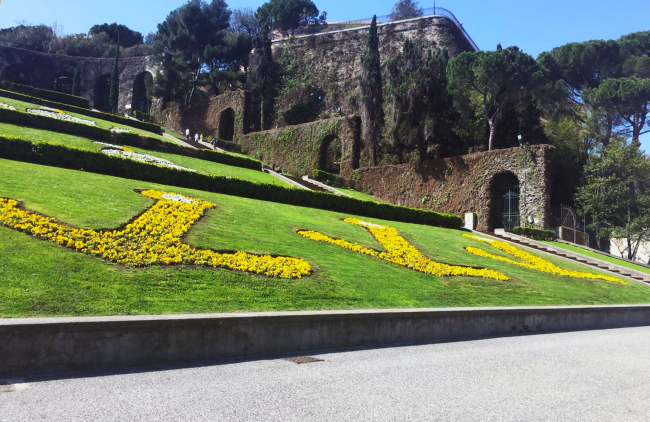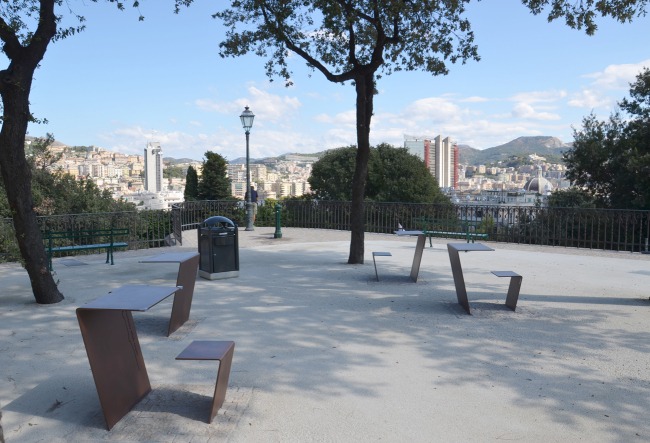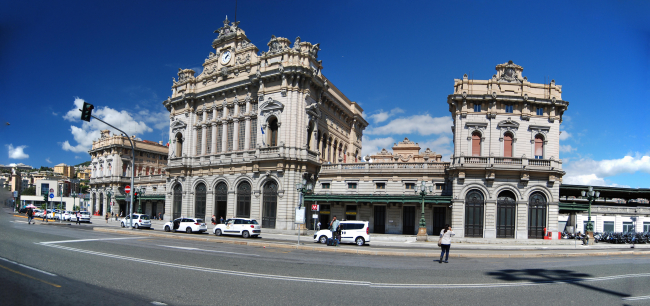Foce, Brignole and Carignano
The Foce district is located exactly where the Bisagno torrent flows into the sea. It is the Genoese area that changed the most during the 20th century. The urban expansion of the small fishermen village towards the shipyards transformed it into an elegant residential area, located not far away from the Brignole Railway Station.
The Foce is a large flat area and hosts the Trade Fair Centre located over the sea, which was built in the Fifties.
Corso Torino can be considered the "main street" of the District, with its elegant Liberty palaces, but Piazza Rossetti is its “parlor” with the peculiar residential complex in rationalistic style designed by architect Luigi Carlo Daneri in 1933, once the city “lazzareto” could be found in this area.
To the east you can find the Genoese promenade: Corso Italia, which elegantly winds along the seafront. From the Foce you can also take the panoramic Sopraelevata, an elevated major road that leads to the west area of the city, that passes above the old city and the port. If you come to Genoa by car, take the Sopraelevata, the view over the Porto Antico and the old city has an incomparable charm.
Another central point of the city is the ex piazza d’armi Piazza della Vittoria with its majestic Triumph Arc, built in memory of the fallen soldiers and the scenographic Caravelle stairway that leads to the elegant hill of Carignano. Together with Castelletto and Albaro, Carignano is one of the residential areas of the city centre, here you can find the neoclassical Villa Croce with its park and the Museum of Contemporary Art, but also the majestic Renaissance basilica di Santa Maria Assunta designed by Galeazzo Alessi, and the Galliera Hospital, founded in 1878 by the marquise Maria Brignole Sale De Ferrari, Duchess of Galliera, in the area of the ex convent of the Clarisse nuns. Next to the hospital, rises the path of the 16th century walls of Santa Chiara, where you can take a panoramic stroll, crossing the monumental bridge and passing by the church where Santa Caterina da Genova is buried (1447 – 1510).








